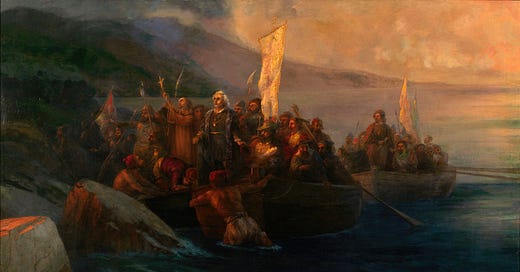Uncovering the ungospel of Empire
In which Rebekah Mui connects Empire to colonialism to predators in our churches
Keep reading with a 7-day free trial
Subscribe to Church Blogmatics by Beth Felker Jones to keep reading this post and get 7 days of free access to the full post archives.





